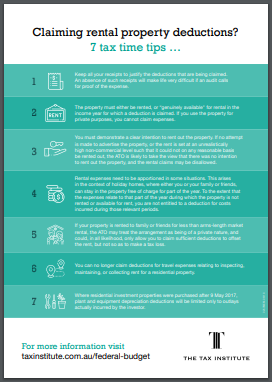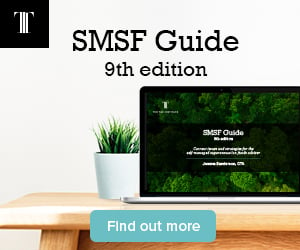 |
| Simon Haines FTI, Australian Taxation Office |
Despite relative legislative stability in recent times, trusts practitioners are still often challenged by the complexities inherent in the application of rigid taxation laws against trusts.
The continued focus of the ATO and its Tax Avoidance Taskforce means advisers must be diligent, vigilant and aware of potentially risky areas that the ATO is looking at.
We spoke with Simon Haines FTI, a Senior Tax Counsel (Assistant Commissioner) in the ATO’s Tax Counsel Network, about the ATO’s approach and his upcoming session at the SA Trusts Day on 1 December 2017.
Simon told us that “the Taskforce continues to investigate risky arrangements involving the use of trusts for tax avoidance and evasion. This work started after the 2013–14 Budget with the Trusts Taskforce, and is now continuing under the operational umbrella of the Tax Avoidance Taskforce – Trusts.
"To support this work, we’re looking to provide the tax profession (and wider community) with up-to-date information about some of the things we’re seeing, including arrangements we’re taking to the General Anti-Avoidance Rules Panel. Some argue these schemes involve ordinary family dealings, but they have a high level of artifice and contrivance. We think some of them are caught by section 100A or Part IVA of the Income Tax Assessment Act 1936.
"We’re also looking closely at a number of other complex issues relating to the taxation of trusts. One of these concerns the tax consequences of trusts vesting – in particular, what those consequences are, and whether it’s possible to avoid them once the vesting date has passed.”
Covering issues around foreign trusts and section 99B, Simon’s session will also look at succession planning, including trust splitting.
“The tax consequences of ‘trust splitting’ is another area we’ve been looking at. This is where the parties to a trust functionally split the operation of the trust so that some assets are controlled by and held for one class of beneficiaries, and others are controlled by and held for others. Typically, the arrangement is effected by the execution of legal documents; and yet it’s argued that it doesn’t have any capital gains tax consequences.
“We intend to clarify these questions with public guidance in due course. In the meantime, we’re looking to engage with the profession through bodies such as The Tax Institute, to discuss the technical issues and understand different views.”
Simon’s session will detail the Tax Avoidance Taskforce’s current activity in the trusts space, and will look at areas including Div 6 manipulation and income reduction arrangements, as well as reimbursement agreements and section 100A.
Simon notes that “we are looking at the use of trusts to separate tax and economic outcomes pertaining to the net income of the trust. For example, we are reviewing trust distributions to low taxed beneficiaries where there is no intention to benefit those beneficiaries and may apply section 100A ITAA 1936.
"We are also reviewing arrangements that exploit differences between distributable income and net income of trusts in an attempt to extract value and avoid tax, as well as the use of trusts to convert the taxable income of a group to income of a trust within that group which is subject to withholding tax when appointed to non-resident beneficiaries.
"We want to partner with the profession to improve transparency and encourage voluntary compliance and will be issuing practical guidance to give taxpayers certainty and to steer them away from risky behaviours and schemes.”
More information on the Taskforce and its activities can be found here.
The 2017 SA Trusts Day also featured sessions that will look at tax issues with deceased estates, passing family wealth to the next generation, unit trusts, cross-border challenges, and much more.
You can view the materials from the event on our website.








